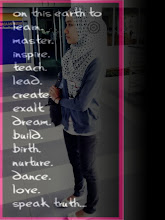1. Photography is the record of images produced on sensitized material by a form of radiant energy - light rays, infrared rays, and x-rays. Light is the most common form of radiant energy. A discussion of light is used in this chapter to introduce and describe the basic photographic process.
2. There are three basic steps in making a photograph: EXPOSURE, PROCESSING, and PRINTING.
a. EXPOSURE: Exposure occurs when the camera shutter is tripped, permitting reflected light from the subject to enter and thereby exposing the film. A latent (invisible) image of the subject has now been exposed onto the film's light sensitive coating, the emulsion.
b. PROCESSING: Processing, also referred to as developing consists of a series of steps that will develop the latent image into a visible image through the use of chemical solutions. These steps are:
(1) Developer -- Here the exposed film is immersed in a chemical solution (developer) that will change the exposed portions of the film to a visible image of the subject photographed.
(2) Stop Bath -- To stop the action of the developing agent and thus prevent over-developing, the film is rinsed in a diluted acetic acid solution.
(3) Fixing -- The film is then placed in another chemical solution which dissolves the unexposed and undeveloped parts of the emulsion. These parts are left clear.
(4) Wash and Dry -- Film is washed in running water so that all chemicals and unwanted particles art removed. If any chemicals remain the image will fade over time. The film is then dried, and the result is a "negative." A negative is an image of the subject photographed in which the various tones appear reversed.





